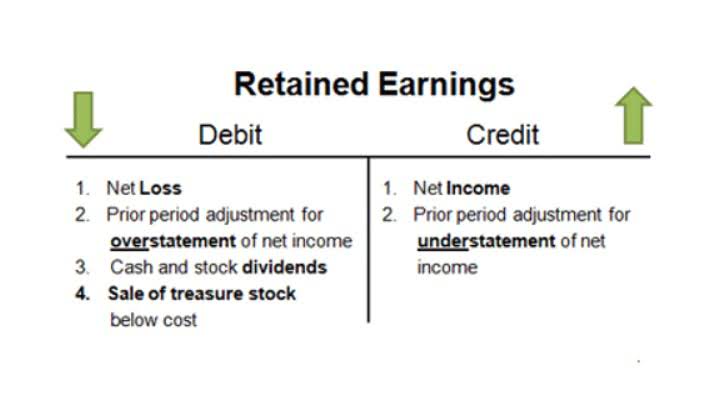
Horizontal analysis is crucial because it helps stakeholders understand how a company’s financial performance and position have evolved over time. This analysis can reveal growth trends, identify potential issues, and provide insights for strategic decision-making. By comparing sales figures year-over-year, companies can determine growth rates and identify seasonal patterns. This insight helps in forecasting future revenues and planning inventory and staffing needs accordingly.
Corporate and Business Entity Forms

The growth rates of 20%, 25%, 20%, and 11.11% indicate a positive trend in the company’s revenue generation. While horizontal analysis is primarily used for financial data, it can also be applied to non-financial data to identify trends and patterns. Some companies use an internal team whose main goal is to Insurance Accounting research, analyze, and stay updated trends in a specific industry.
Standard Financial Model Template
By exploring coverage unearned revenue ratios, interest coverage ratio, and cash flow-to-debt ratio, horizontal analysis can establish whether sufficient liquidity can service a company. Horizontal analysis can also be used to compare growth rates and profitability over a specific period across firms in the same industry. Therefore, analysts and investors can identify factors that drive a company’s financial growth over a period of time.

Marketplace Profit and Loss Statement
- As explained in Jones’ 2022 research published in the Journal of Financial Analysis, over 80% of companies rely on these methods to gain insights into trends and growth from period to period.
- External factors such as economic conditions, industry trends, and competitive dynamics can significantly influence a company’s financial performance.
- It enables businesses to track progress, evaluate financial stability, and identify potential risks or opportunities.
- A significant increase in operating expenses without a corresponding rise in revenue could indicate inefficiencies or escalating costs that need to be addressed.
- When data is simplified into clear side-by-side comparisons, businesses can find trends and make informed decisions easier.
The balance sheet displays the assets, liabilities, and equity of a company at a specific point in time. The horizontal analysis of the balance sheet examines changes in accounts such as cash, accounts receivable, inventory, fixed assets, accounts payable, and long-term debt. Analysts are interested in assets that are utilised efficiently and have balances that are consistent with sales levels. Benchmark the company’s financial performance against industry averages or key competitors.


This step helps in making informed decisions based on whether the changes indicate growth, stability, or potential issues in the company’s financial health. Once you have your company’s values for the variables of interest, you need to find those of similar companies in your industry for the selected time periods. Sometimes you may find horizontal analysis reports, saving you the calculations, but you can always calculate the percentage change yourself using publicly available financial data. Remember to choose companies with similar characteristics for useful comparisons. That’s exactly why it’s called horizontal analysis – you compare the data from each period side by side to calculate your results.

With horizontal analysis, companies can simulate how rising costs or economic downturns affect future horizontal analysis formula performance. In an example of a comparison of PepsiCo’s common-size income statement for several years, it’s obvious how horizontal analysis combined with vertical analysis can help find crucial trends in forecasting expenses for example. The key aspects that differentiate horizontal and vertical analysis are the basis for comparison, the specific items compared, the data required, and the insights provided from each technique’s unique perspective. The base year quantities are compared to the amounts from subsequent years in percentage form. “The percentage method enables a 25% increase in the ease of financial comparison across various periods and companies,” according to a study conducted by Kim and Lee in 2018.
Calculate % Change
For example, to find the growth rate of net sales for 2015, the formula is (Net Sales 2015 – Net Sales 2014) / Net Sales 2014. Horizontal analysis can be performed annually or over any other relevant period, depending on the specific requirements and objectives of the analysis. Let’s illustrate these formulas with a practical example using revenue data for two consecutive years. Learners are advised to conduct additional research to ensure that courses and other credentials pursued meet their personal, professional, and financial goals. How to conduct A Horizontal Analysis and what’s the use and importance of such an analysis? Facebook’s parent company Meta announced a net profit of $ 29,146 million for the year ending 2020.